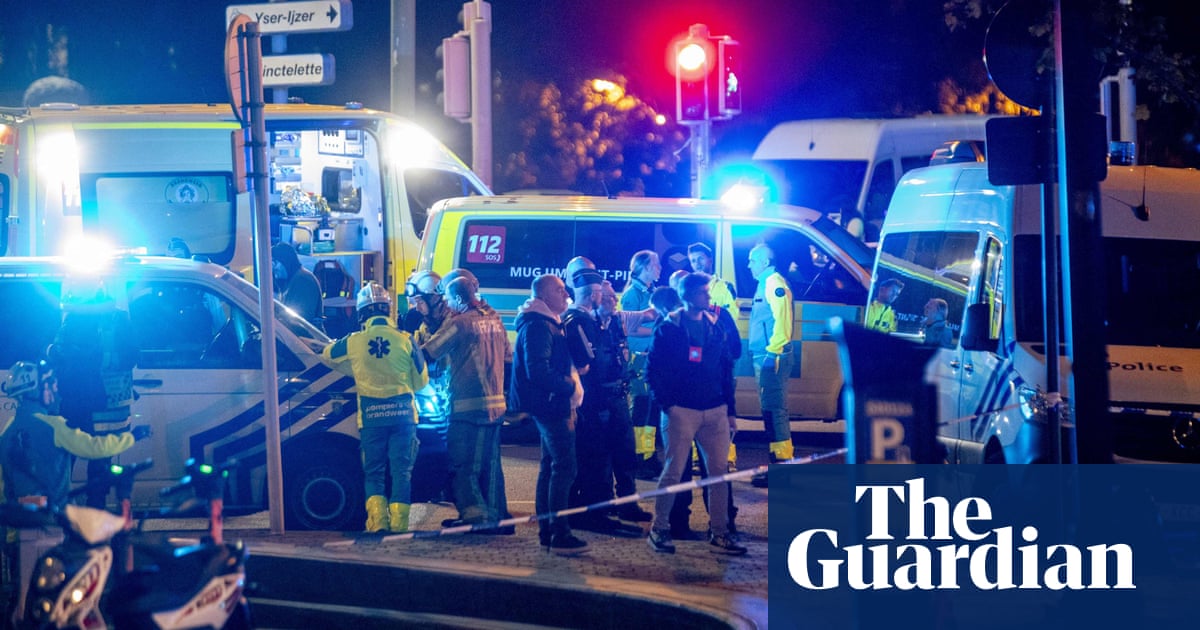
Suspect arraigned on firearm and forgery charges
The suspect in the killing of UnitedHealthcare’s CEO has been charged with weapons, forgery and other crimes in Pennsylvania after being arrested at a McDonald’s on Monday morning, the AP reports.
A police criminal complaint charged him with forgery, carrying firearms without a license, tampering with records or identification, possessing an instrument of crime and providing false identification to law enforcement.
The 26-year-old suspect, identified by police as Luigi Nicholas Mangione, began shaking when police asked if he had been in New York recently, court records said.
Are ghost guns legal to own?
While buying and building a ghost gun is legal at the federal level, they’ve become more tightly regulated during the Biden administration.
In 2022, the ATF created a new rule that put certain elements of ghost gun kits in the same legal category as traditional firearms and required companies that sell kits to add serial numbers to incomplete frames and receivers and conduct a background check on prospective buyers. It also requires federally licensed gun dealers to keep records on ghost gun kit sales until they go out of business.
This action, however, was quickly decried by kit makers, second amendment activists and attorneys who mounted legal challenges to the rule, who argued that the ATF overstepped its authority.
This legal fight is now the subject of the Garland v VanDerStok case currently in front of the supreme court, for which oral arguments were heard on 8 October, with the justices signaling a willingness to uphold the ATF’s regulations.
How long have ghost guns been around?
Once a niche hobby among gun enthusiasts, do-it-yourself gun kits have been around since the 1990s. But since the early 2010s, they’ve been increasingly used in high-profile shootings.
In California, where cities and state officials have filed lawsuits against kit makers and outlawed the sale of kits, several high-profile shootings have been tied to ghost guns in the past decade.
Homemade guns were used in a 2013 mass shooting in Santa Monica, a 2014 bank robbery in Stockton and a shooting spree in rural Tehama county that killed six in 2017. In 2019, a 16-year-old killed two students and injured three others before killing himself with a ghost gun at a school in Santa Clarita.
The next year, as protests over police violence filled city streets, Steven Carrillo used a homemade machine gun to shoot two security guards at a federal building in Oakland and a sheriff’s deputy in an ambush in Santa Cruz.
And in 2022, a man who was barred from owning a gun because of a domestic violence restraining order used a ghost gun to shoot and kill his three daughters, a man who was supervising their visitation and then himself. These cases have heightened awareness of ghost guns and helped police realize that these are unique weapons – not just guns with their serial numbers filed off.
Still, the number of ghost guns that have been recovered by police has only grown. In 2022, the bureau of alcohol, tobacco, firearms and explosives confiscated 25,785 ghost guns in the US compared with 1,629 in 2017, according to data from the US Department of justice and ATF.
The New York Times, citing an unnamed senior law enforcement official, reports that the manifesto document found on Luigi Mangione when he was arrested, “mentions UnitedHealthcare by name, noting the size of the company and how much money it makes”.
What is a ‘ghost gun’?
“Ghost gun” is a term broadly used to describe firearms that are bought as incomplete frames and receivers, the two primary components of a firearm, and can be turned into functional guns by assembling it with other parts that can be ordered separately.
Their colloquial name is based on their virtual invisibility in the eyes of law enforcement. Prior to 2022, gun kits could be sold without serial numbers or being registered and buyers didn’t have to meet minimum age requirements or pass a background check to get one shipped to them.
3D printers have also been used to build fully functional guns, gun parts and accessories.
They first came to prominence as a gunsmithing tool in the early and mid-2010s after Cody Wilson, a major proponent of 3D printed and ghost guns, founded Defense Distributed, which offers the digital schematics needed to make a gun.
While an Obama-era law that sought to stop the distribution of these files was upheld in 2019, ambiguity around their legality means the schematics can still be found online.
Where things stand
If you’re just tuning in:
Authorities have arrested the man suspected of killing UnitedHealth executive Brian Thompson in a shooting outside a Manhattan hotel last week, New York City officials said on Monday, ending a five-day manhunt.
The suspect, identified as Luigi Mangione, 26, was captured in Altoona, Pennsylvania, after he was spotted eating at a McDonald’s by an employee of the fast food restaurant who believed he resembled the gunman, officials said at a news conference.
Mangione was led into the Blair County courthouse in Altoona for his arraignment on Monday night, where gun and forgery charges were read against him. The judge asked Mangione if he understood the charges against him, and he said he did. No plea was entered.
Prosecutors, citing false IDs and a large sum of cash found on Mangione, argued he was a flight risk and asked that bail be denied, which it was.
Pennsylvania Governor Josh Shapiro said he expected Mangione to face charges in New York shortly.
The friend, RJ, is being interviewed on CNN is asked whether Mangione had written privately about health care or capitalism.
The friend said that he talked about social issues and how to improve the world, in conversations that were “natural” if you were inquisitive, he says.
He never had a conversation where Mangione talked about guns or violence, the friend says.
CNN is interviewing a former class- and roommate of Mangione’s.
He says that what is happening is “unfathomable”.
He describes Mangione as a “thoughtful person, [he] communicated very well, was friendly.”
He led a book club and loved hiking.
Here is what police say they found in Mangione’s backpack:
After Mangione provided his real name and birth date, he was taken into custody on charges of forgery and false identification to law enforcement, court documents say.
In his backpack, police found a black, 3D-printed pistol and a 3D-printed black silencer, the papers say.
The pistol had a metal slide and plastic handle with a metal threaded barrel. It had one loaded Glock magazine with six 9 mm full metal jacket rounds and one loose 9 mm hollow-point round.
The press conference officially wrapped up. Police and law enforcement indicated the investigation is ongoing and people could expect additional updates in the coming days from the NYPD.
They did note Mangione may be taken to a state correctional facility later this evening.
Officer Tyler Frye, who has only been on the job for about six months, and a fellow officer responded to the McDonald’s where the suspect was spotted, the AP reports.
They asked him to pull his blue medical mask down and “recognized him immediately” Frye said. “We didn’t even think twice about it, we knew that was our guy.”
Frye said, “It feels good to get a guy like that off the street, especially starting my career this way, it feels great.”












